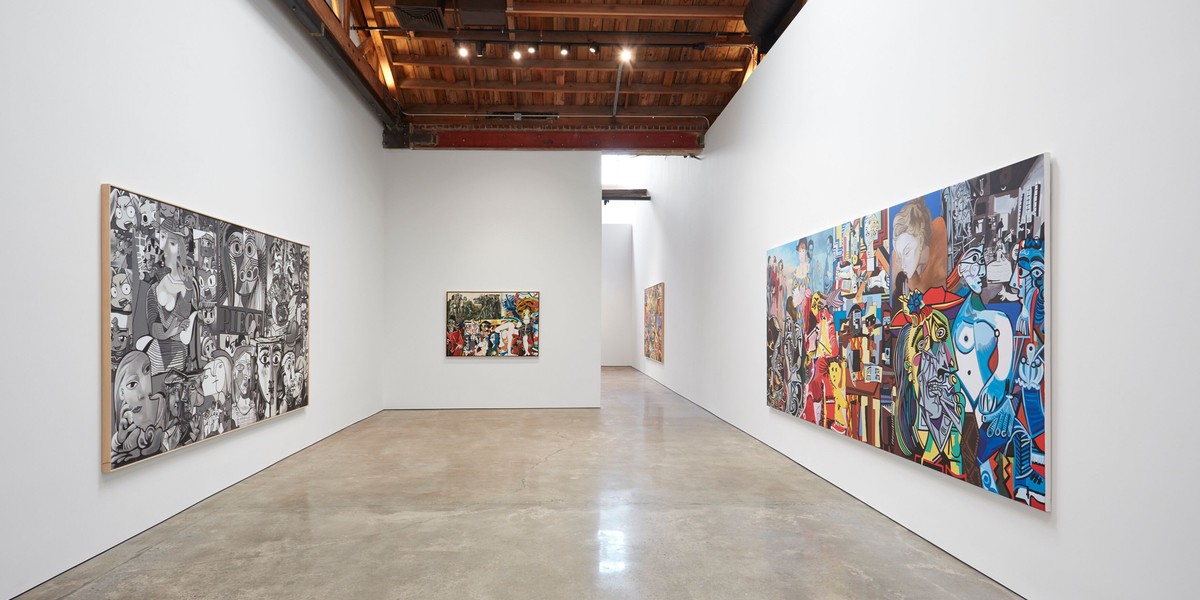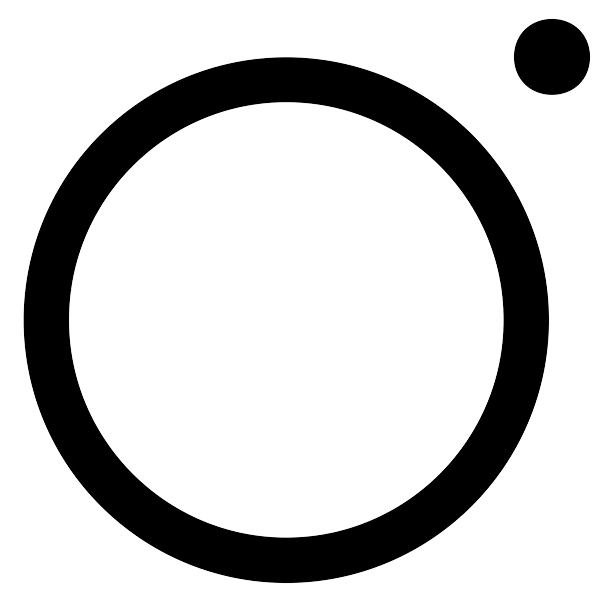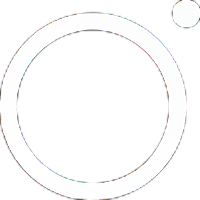
Over the Influence and Perrotin present Erró
June 9, 2019 / July 21, 2019 – LOS ANGELES
Over the Influence and Perrotin are honored to present “ERRÓ”, a survey of paintings and collages made between 1960 and 2018 by the seminal European artist.
Erró (born Gudmunder Gudmundsson) is known for his densely composed alkyd paintings that synthesize heterogeneous graphic imagery, appropriated from sources ranging from comic strip characters to political cartoons, from Socialist Realist propaganda to commercial sign painting. While Erró’s oeuvre is grounded in his experiments with collage, at an early stage in his career he began transforming his paper collages into skillfully rendered paintings.
Born in Iceland in 1932, Erró moved to Paris in 1958, where he associated with Surrealists including Roberto Matta (with whom he often collaborated) and Victor Brauner. He did not identify as a Surrealist, however, instead developing a practice of collagist appropriation that represented and critiqued Capitalist consumer culture.
He was especially drawn to American Pop art, which he encountered firsthand at Galerie Ileana Sonnabend where the work of John Chamberlain, James Rosenquist, Claes Oldenburg and Andy Warhol was introduced to European audiences. After a trip to New York in 1963, Erró’s work was galvanized by a sharpened focus on the images and signs of American consumerism; he later described the experience as “a kick in the ass”. From supermarkets, bookstores, fast food outlets and magazine stands, he compiled a vast trove of printed material that would shape his art in the ensuing years.
In the same period, Erró often quoted from other canonical artists, most notably Pablo Picasso but also Van Gogh, Frida Kahlo, Fernand Léger and Jean Auguste Dominique Ingres (as in the collage On Venus La Concubine de Lénine, 1973, included in this exhibition). By conflating Picasso’s Cubist portraits – as, for example, in Grille Fléchée, 2013 – with animal cartoon characters, he both subverts the status of the great master painter and elevates the commercial cartoonist.
In Paris in the 1960s, he became associated with the Narrative Figuration group that included Bernard Rancillac and Hervé Telemaque, and more broadly with European iterations of Pop. Erró has always resisted and transcended labels and movements, consistently pursuing his own thematic and conceptual agendas and developing his distinctive aesthetic.
While Erró’s socially critical position is always evident in his intense and often disturbing compositions, he never espouses didactic politics or narrative messaging in his work. Instead, his approach harks back to his roots in Surrealism and Dada, in which combinations of source images come together intuitively, often with unexpected resonances. Erró has said:
Generally speaking, before setting my images down on the canvas, I build the box that is going to contain them while leaving them enough freedom so that they might act and operate upon one another. […] I must, at every moment, be imagining a structure with the dynamic of a city in cross section and with the complexity of a labyrinth.




